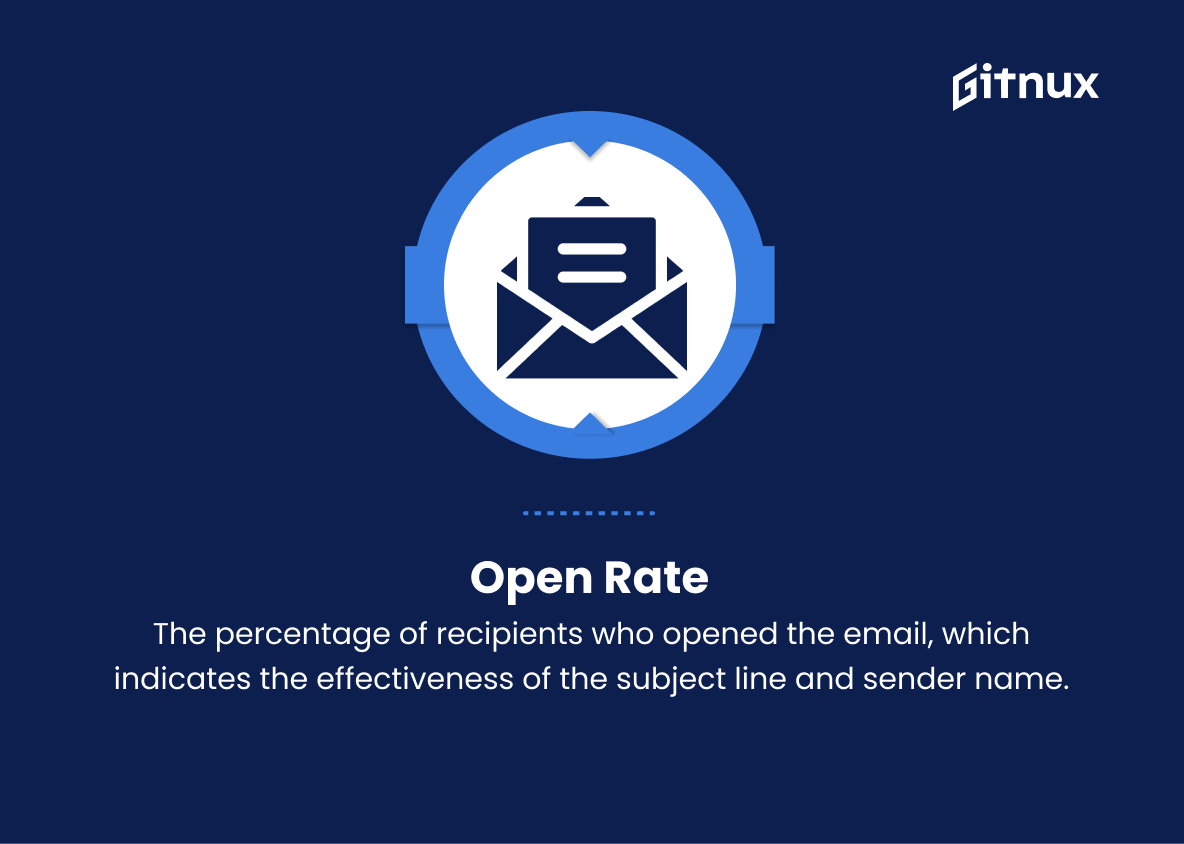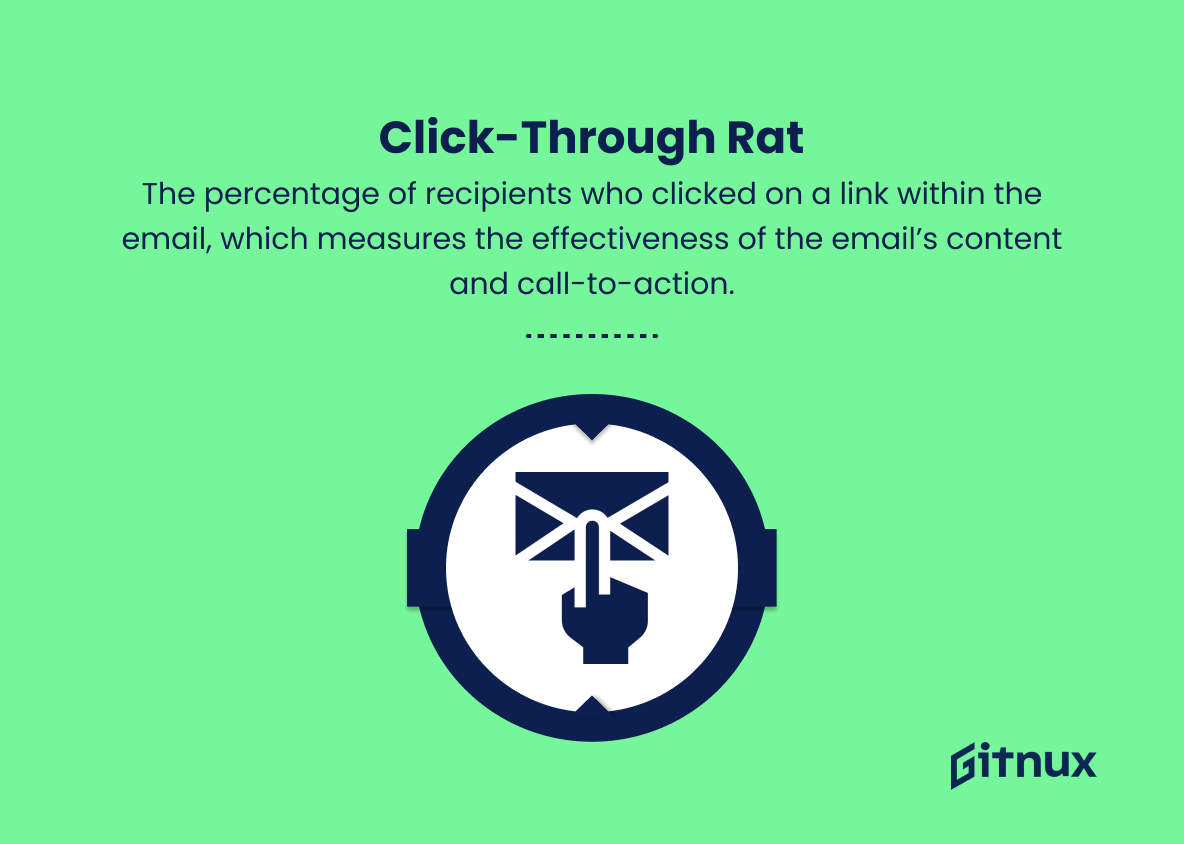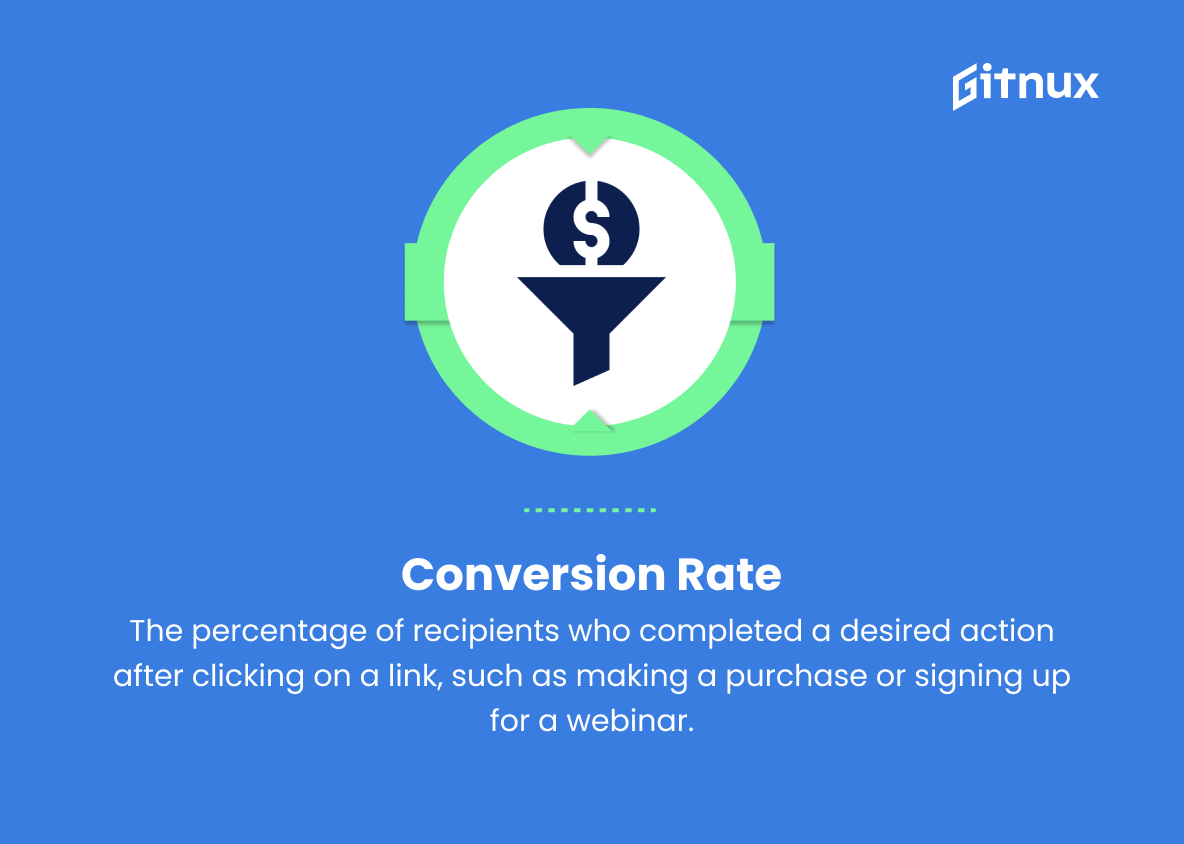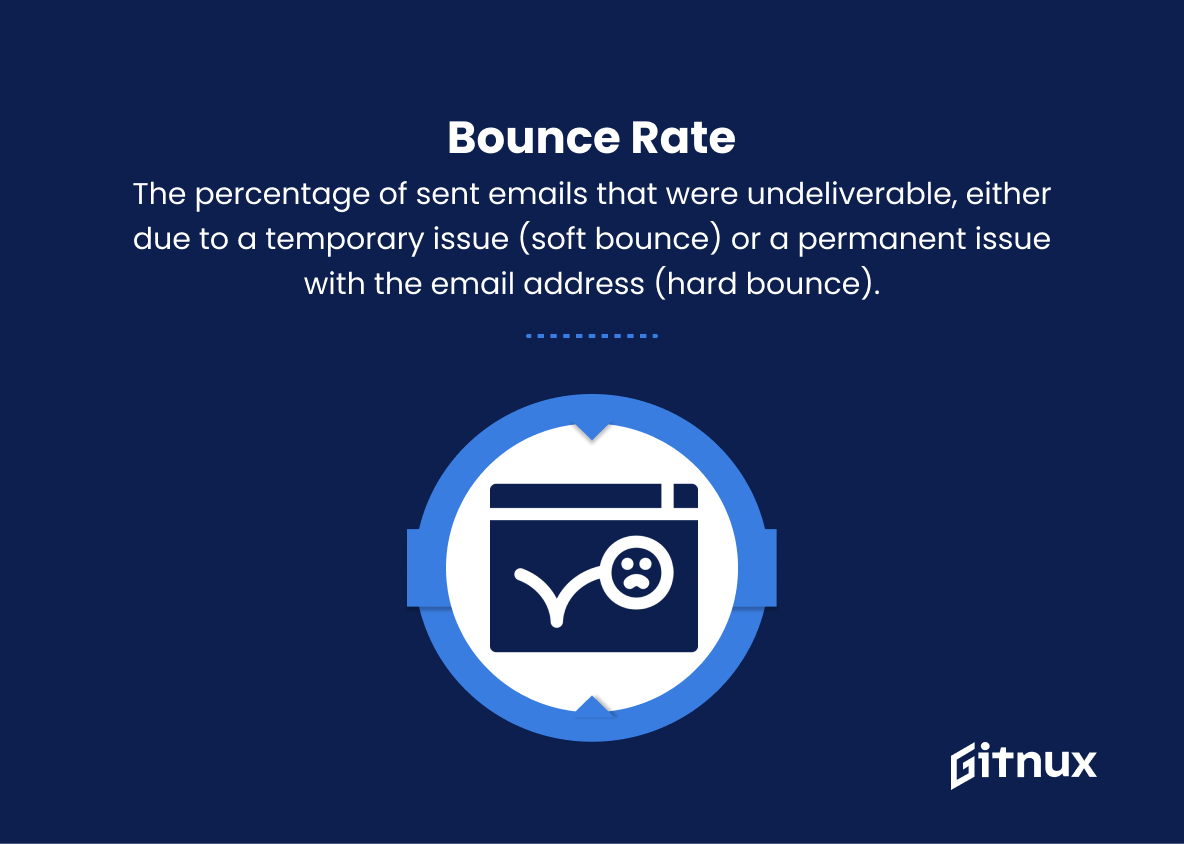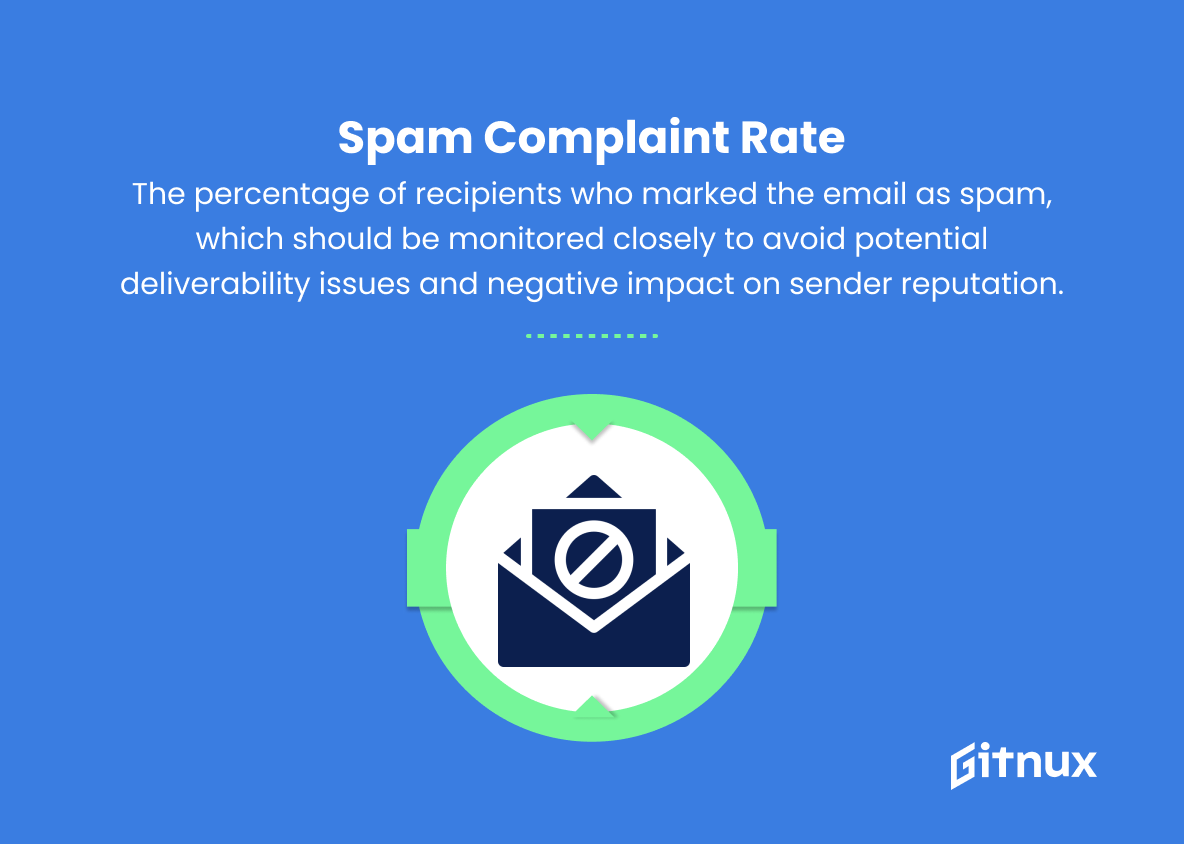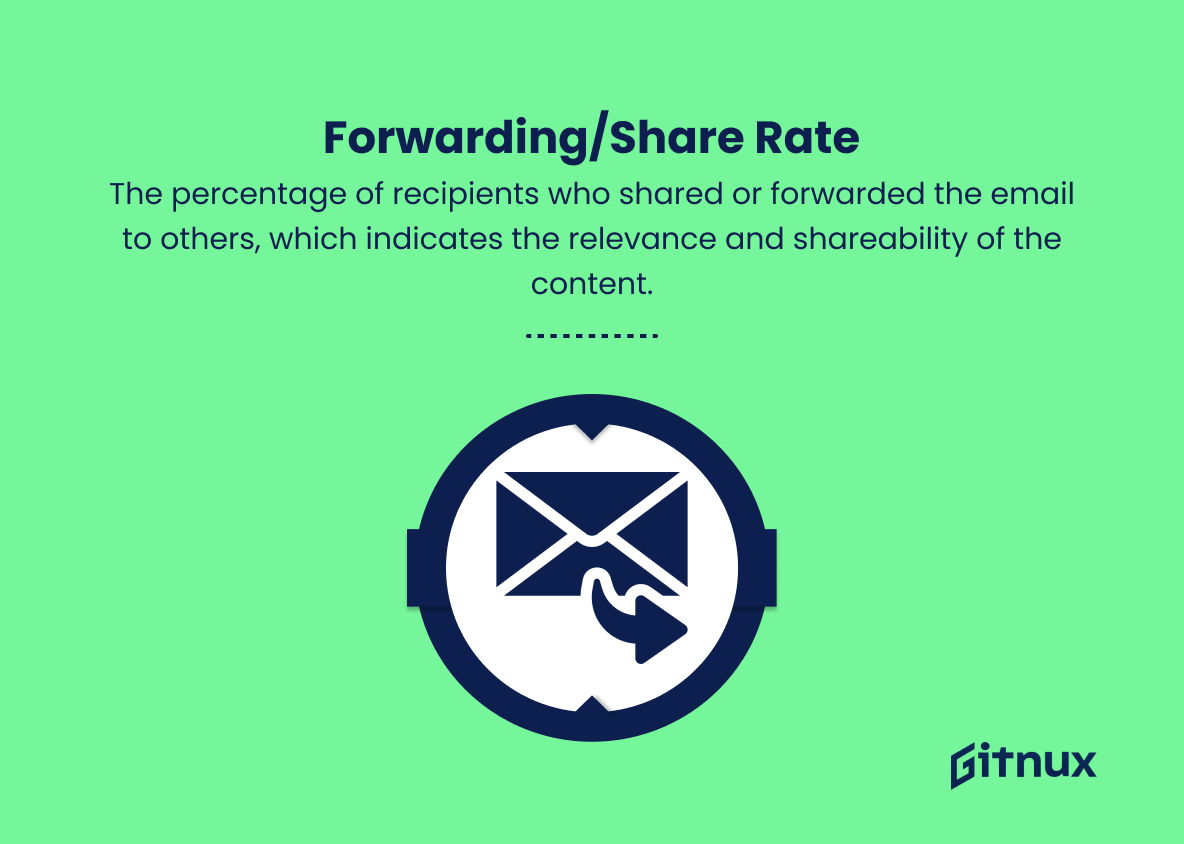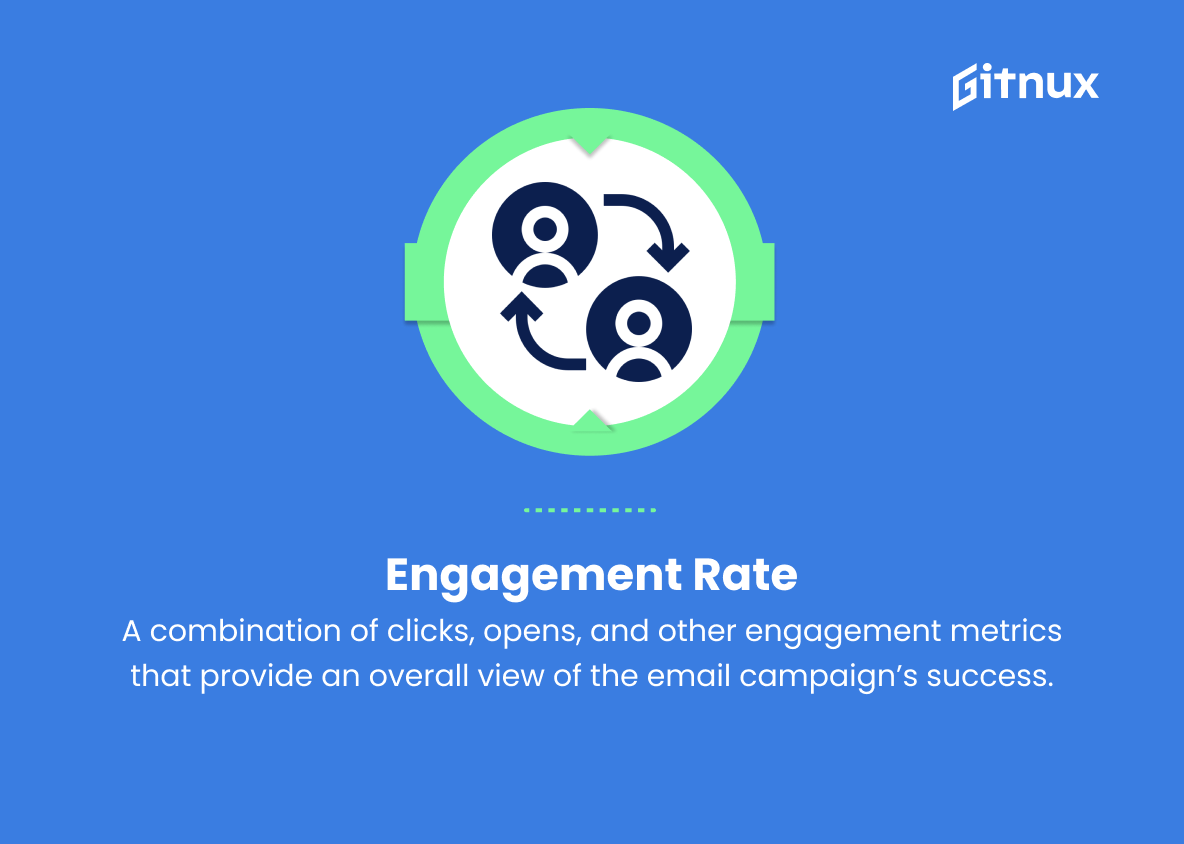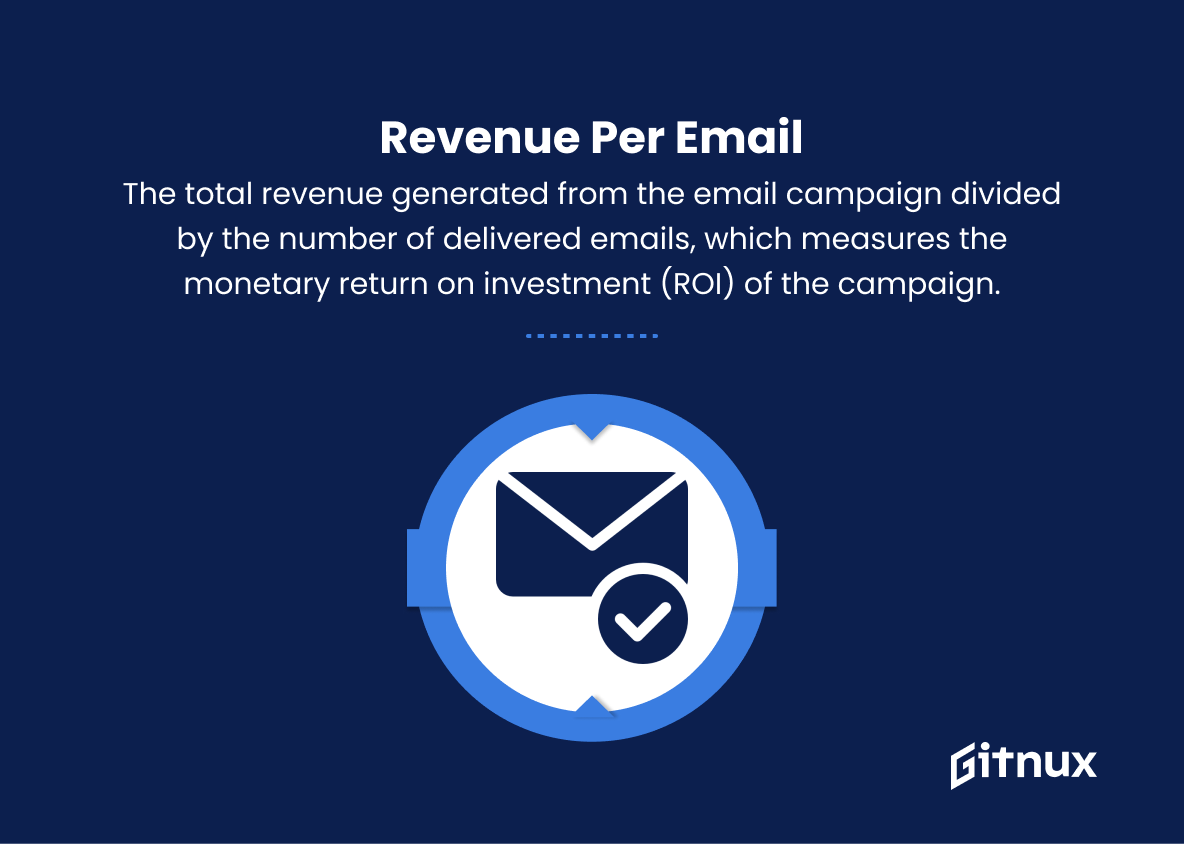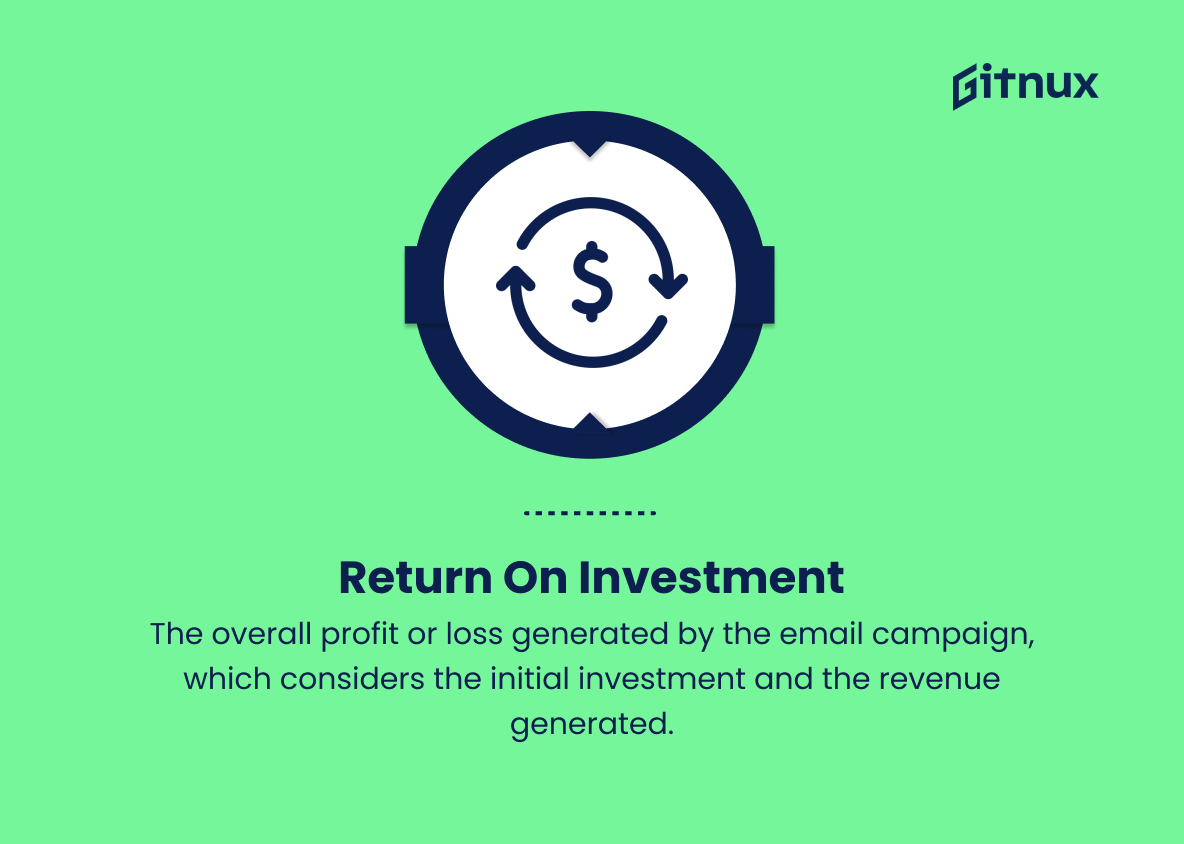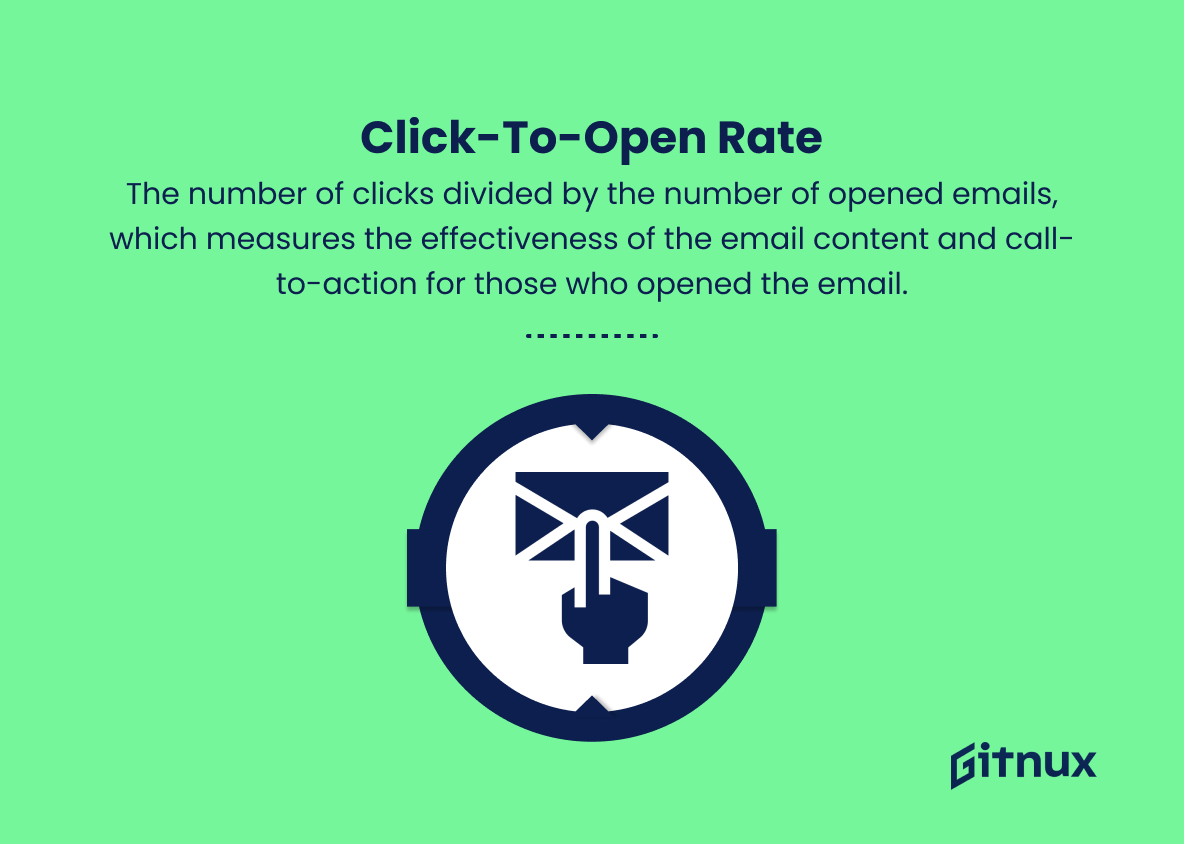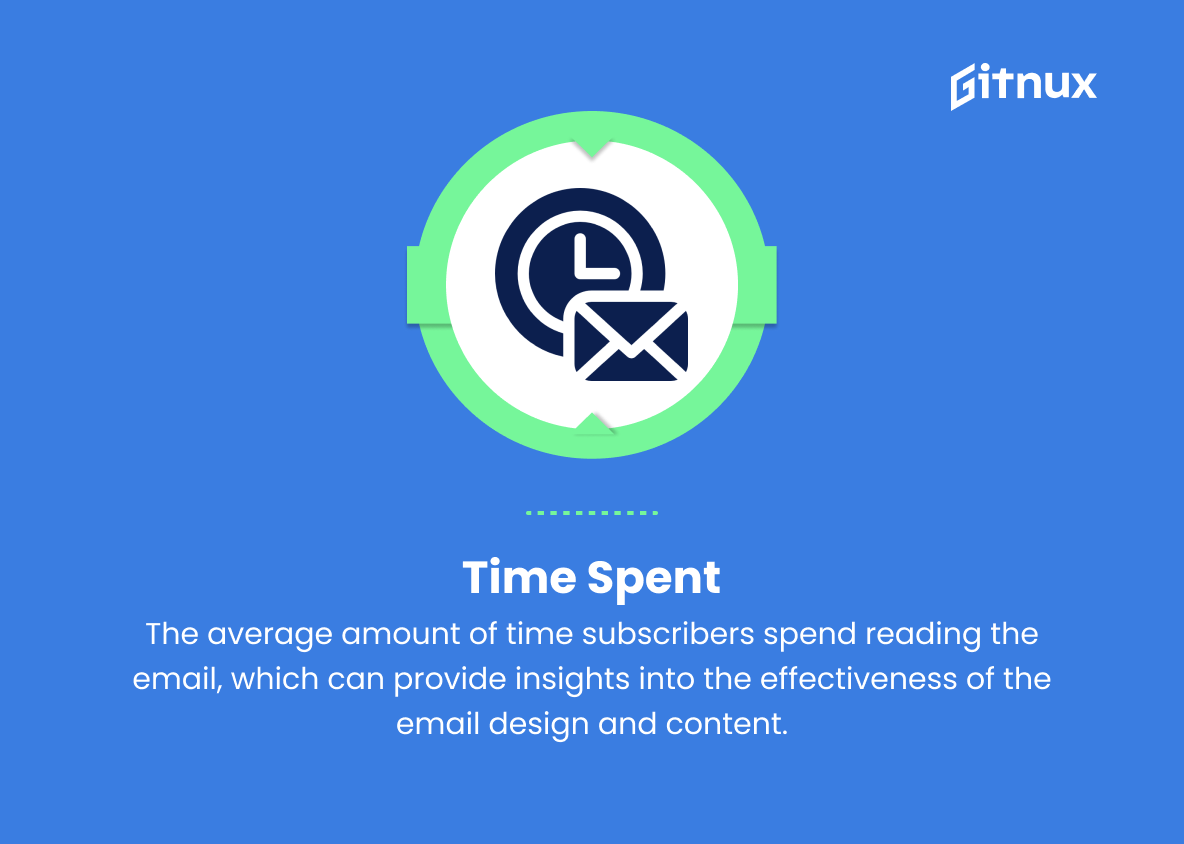In today’s digital marketing landscape, email campaigns remain a crucial tool for businesses to connect with their audience, reinforce brand image, and promote products or services. But how do we measure the success of these campaigns? Understanding and analyzing key email campaign metrics is essential for marketers to optimize their strategy and boost ROI.
In this in-depth blog post, we will delve into the world of email campaign metrics, discussing the fundamental indicators every marketer should be focusing on, and offering actionable tips to improve your email performance and deliver tangible results. Get ready to unlock the true potential of your email campaigns, as we embark on this journey to mastering email campaign metrics together.
Email Campaign Metrics You Should Know
1. Open Rate
The percentage of recipients who opened the email, which indicates the effectiveness of the subject line and sender name.
2. Click-through Rate (CTR)
The percentage of recipients who clicked on a link within the email, which measures the effectiveness of the email’s content and call-to-action.
3. Conversion Rate
The percentage of recipients who completed a desired action after clicking on a link, such as making a purchase or signing up for a webinar.
4. Bounce Rate
The percentage of sent emails that were undeliverable, either due to a temporary issue (soft bounce) or a permanent issue with the email address (hard bounce).
5. Unsubscribe Rate
The percentage of recipients who opted out of receiving future emails, which provides insight into the overall satisfaction with the email content.
6. Spam Complaint Rate
The percentage of recipients who marked the email as spam, which should be monitored closely to avoid potential deliverability issues and negative impact on sender reputation.
7. List Growth Rate
The net increase in subscribers over a given period, which shows the effectiveness of list-building efforts and overall engagement.
8. Forwarding/Share Rate
The percentage of recipients who shared or forwarded the email to others, which indicates the relevance and shareability of the content.
9. Engagement Rate
A combination of clicks, opens, and other engagement metrics that provide an overall view of the email campaign’s success.
10. Revenue per Email
The total revenue generated from the email campaign divided by the number of delivered emails, which measures the monetary return on investment (ROI) of the campaign.
11. Return on Investment (ROI)
The overall profit or loss generated by the email campaign, which considers the initial investment and the revenue generated.
12. Delivery Rate
The percentage of sent emails that were successfully delivered to the recipient’s inbox, which can be affected by sender reputation, email content, and spam filters.
13. Open Reach
The percentage of unique recipients who opened the email, which helps identify the true reach of the email campaign.
14. Click-to-Open Rate (CTOR)
The number of clicks divided by the number of opened emails, which measures the effectiveness of the email content and call-to-action for those who opened the email.
15. Time Spent
The average amount of time subscribers spend reading the email, which can provide insights into the effectiveness of the email design and content.
16. Inbox Placement Rate
The percentage of sent emails that successfully landed in the recipient’s inbox, rather than a spam folder or being blocked by the email service provider.
17. Segmentation Effectiveness
The performance difference between segmented email campaigns and non-segmented campaigns, which indicates the value of targeting specific audience groups or interests.
18. A/B Test Results
The comparison of performance metrics between different email versions, which helps identify the most effective subject lines, content, and design elements.
Email Campaign Metrics Explained
Email campaign metrics are essential in evaluating the efficacy and success of an email marketing strategy. Open rate indicates the effectiveness of the subject line and sender name in grabbing the recipient’s attention. Click-through rate measures how well the email’s content and call-to-action prompts user engagement. Conversion rate showcases the campaign’s ability to drive desired outcomes, such as purchases or sign-ups. Bounce rate and unsubscribe rate highlight potential issues with email deliverability and satisfaction with content.
Spam complaint rate affects the sender’s reputation and is critical to monitor. List growth rate and forwarding/share rate indicate the success of subscriber acquisition and shareable content. Engagement rate, revenue per email, and return on investment provide a comprehensive view of the campaign’s overall success and financial impact. Delivery rate, open reach, click-to-open rate, and inbox placement rate gauge email deliverability and how well the email reaches its intended audience.
Time spent illustrates the effectiveness of email design and content, while segmentation effectiveness and A/B test results help optimize the campaign by targeting specific audience interests and identifying best-performing email elements. These metrics together create a holistic understanding of an email campaign’s performance and areas for improvement.
Conclusion
In summary, email campaign metrics play a vital role in determining the success and impact of your marketing efforts. By understanding and analyzing these key performance indicators, businesses can make data-driven decisions to optimize their strategies and grow their audience. When you regularly track metrics such as open rate, click-through rate, conversion rate, and ROI, it helps you identify areas of improvement, set realistic goals, and tailor your messaging for maximum engagement.
As a result, leveraging email campaign metrics paves the way for better customer relationships, increased brand loyalty, and consistently improved marketing campaigns that drive tangible results. So, it’s time to dive deep into these statistics and unlock the true potential of your email marketing efforts.
